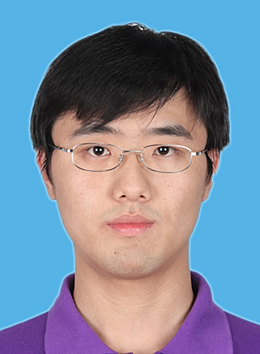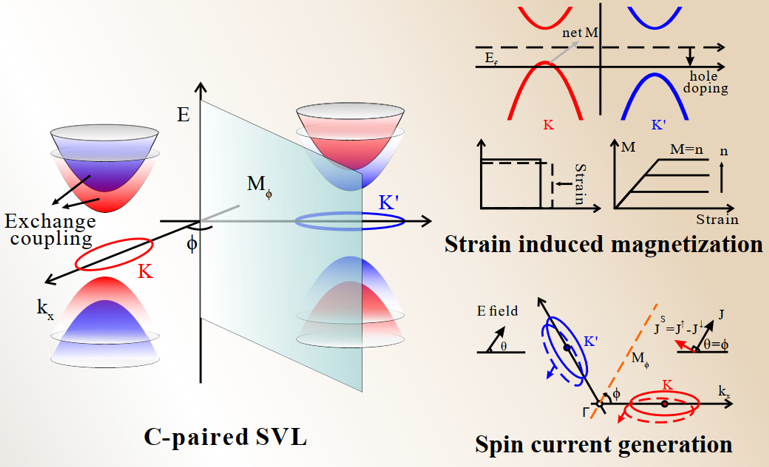Prof. Junwei Liu: Novel properties due to crystal symmetry in topological superconductors and spin-splitting antiferromagnets (2024/11/28) |
| ( 2024-11-15 ) |
Title | Novel properties due to crystal symmetry in topological superconductors and spin-splitting antiferromagnets
| Speaker |
Prof. Junwei Liu Hong Kong University of Science and Technology | 
| Time | 10:00am, November 28, 2024 | Place | Material Science and Research Building B902 | | Brief Bio of the Speaker | Prof. Junwei Liu obtained his PhD in the department of physics, Tsinghua University, in 2014, and then he started his postdoctoral research in Massachusetts Institute of Technology. He joined Hong Kong University of Science and Technology in 2017 as an assistant professor and was promoted to an associate professor in 2023. Prof. Liu has a broad interest in condensed matter physics and quantum physics, varying from the traditional phenomena like ferroelectricity to the exotic topological phases like quantum spin Hall insulators. His major contributions include (1) theoretical prediction of SnTe-type topological crystalline insulator, WTe2-type quantum spin Hall insulator and TaIrTe4-type quantum spin Hall insulator; (2) discovery of world-first monolayer ferroelectricity in SnTe thin films; (3) proposal of self-learning Monte Carlo methods that can be thousands of times faster than conventional methods without loss of any accuracy; (4) design and realization of the world-first all-optical neural networks; and (5) proposal of crystal-symmetry-paired spin-valley locking and realization of world-first electrical readout and 180° switching of the Néel order in spin-splitting antiferromagnetic materials. He has published more than 60 papers including 2 in Science, 2 in Nature, 1 in Nature Physics, 3 in Nature Materials, 7 in Nature Communications, 3 in Physical Review Letters, 1 in Optica, 1 in Science Advances, 2 in Nano letters, etc. | Abstract | I will talk about the novel properties due to crystal symmetry in spin-splitting antiferromagnets (AFMs) [Nat. Commun. 12, 2846 (2021)] (also named altermagnet) and in topological superconductor [Nature 633, 71 (2024)]. In spin-splitting AFMs, we propose the crystal-symmetry-paired spin-valley/momentum locking (CSVL), which is enabled by a crystal symmetry and intrinsically exists in AFMs (e.g., V2Se2O, V2Te2O, MnTe and RuO2) [Nat. Commun. 12, 2846 (2021)]. CSVL enables feasible controls of spin and valley in AFMs by manipulating the corresponding crystal symmetry.Typically, one can use a strain field to induce net valley polarization/magnetization and use an electric field to generate a noncollinear spin current even without spin-orbit coupling. All the predictions have been confirmed in experiments. These properties have helped us realize the electric readout and 180o deterministic switching of the Néel order in our experimental work [Sci. Adv. 10, eadn0479 (2024)]. Due to these unique properties, these materials were named as altermagnet [Phys. Rev. X 12, 040501 (2022)]. In topological superconductors, magnetic mirror symmetry can project multiple Majorana zero modes (MZMs) in a single vortex, which allows feasible controls of hybridization of MZMs simply using an external field. This has been realized in our recent collaborative experimental works with Prof Jin-Feng Jia’s group [Nature 633, 71 (2024)]. 
|
|
|
|
